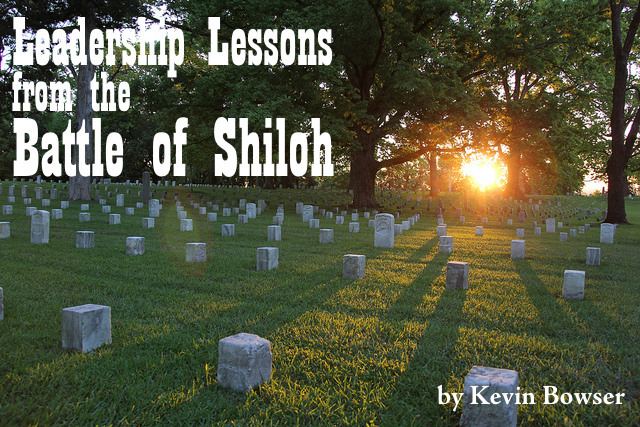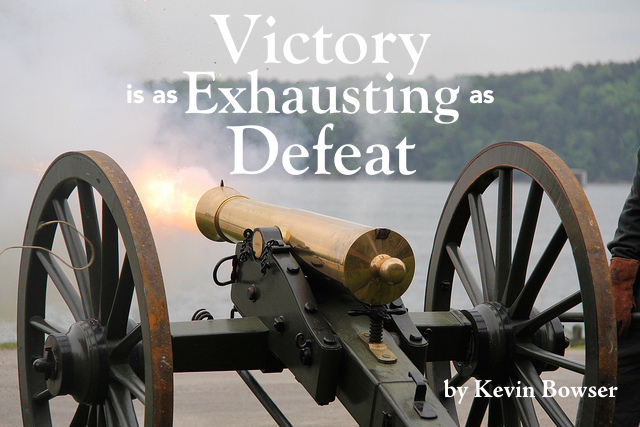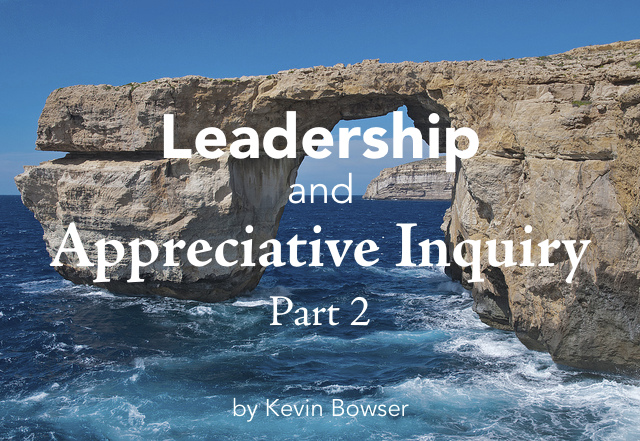
What should you do if you find yourself the leader in the midst of turmoil?
There are difficulties in life, in the home, in the workplace, yes, even in society. These difficulties stretch us, and bring out both the worst and best in each of us. In an era of social media, blogging and with the prevalence of cell phone cameras, it is quite easy to play “Monday morning quarterback” and pass judgment and heap praise on leaders whose faces and stories go “viral”. But what do you do when (not if) you come upon tumultuous times in your organization / city / etc.?
In this post I would like look at three crucial components of leading through a crisis.
The first aspect of crisis leadership is actually determined before you ever approach the turmoil. If you want to lead effectively in a crisis you must first lay a firm foundation of personal character development, strong interpersonal communications and healthy team dynamics. C.S. Lewis once said “If there are rats in a cellar you are most likely to see them if you go in very suddenly. But the suddenness does not create the rats: it only prevents them from hiding.” (Mere Christianity). The same is true about leading in a crisis. The crisis will reveal the quality of the foundation that has been laid, but the crisis did not cause the leadership to be as it is. The reality is that in this world we will face difficulties, frustrations, disappointments, turmoil and crisis. Let us not fool ourselves into thinking that these times will not come. Instead, let us now prepare ourselves and our teams for the inevitable. I have often found that if I am able to actually create environments (leadership development exercises) where my team has to face a manufactured “mini-crisis” it greater prepares them for the real thing when it comes. There are numerous ways to do this, but think of it as drills, role-play, training, and/or practice for facing what will come. There are some things only learned by actually going through them, but if we can prepare our character, develop our communication skills and develop our team’s effectiveness and productivity now, the trials to come may be more manageable.
Click here to read the rest of the article »
Caring is sharing. Will you please share this with your network?











